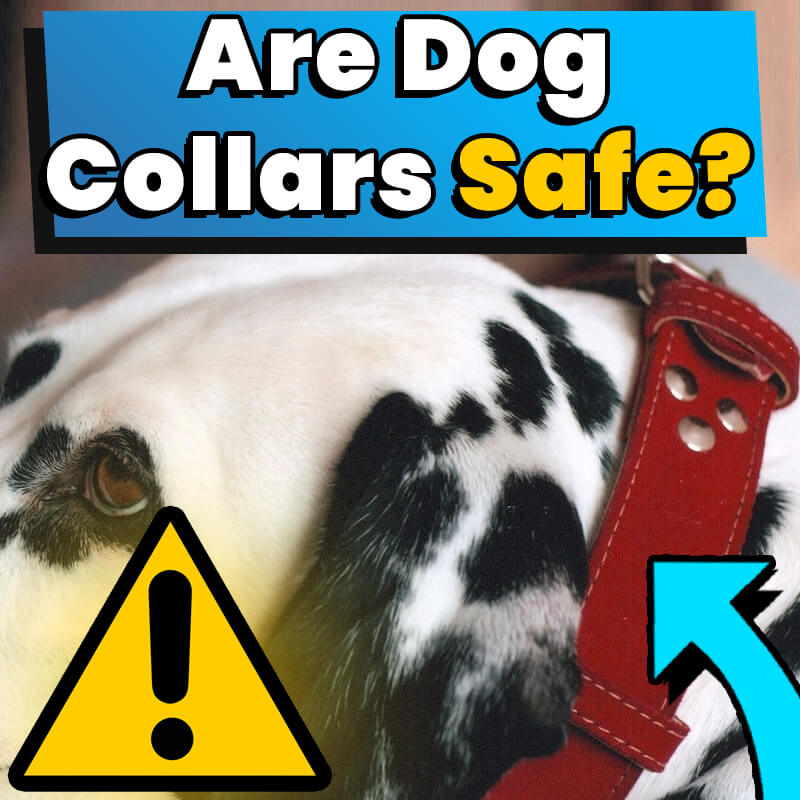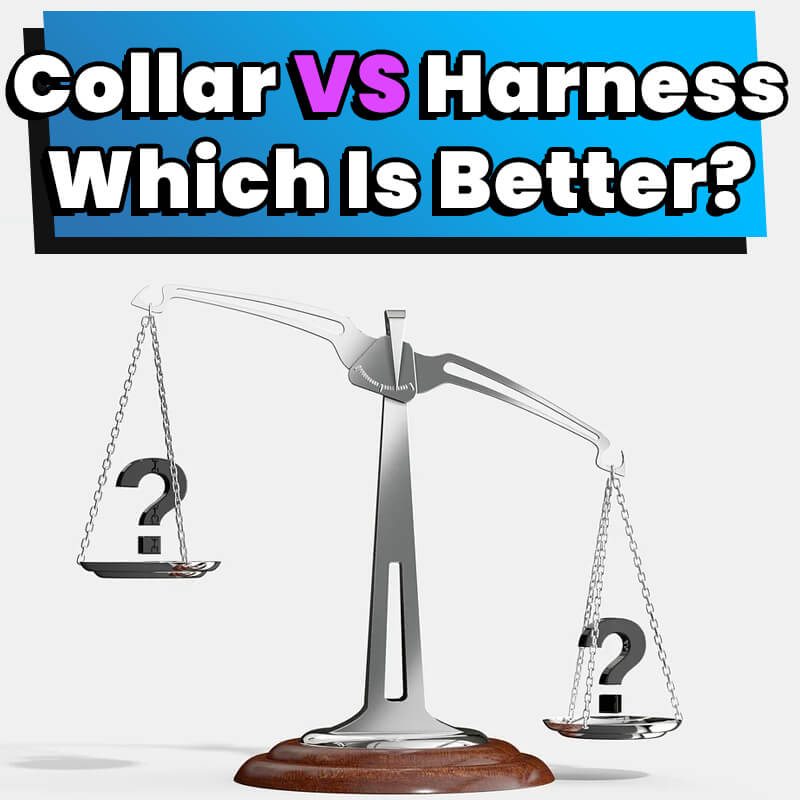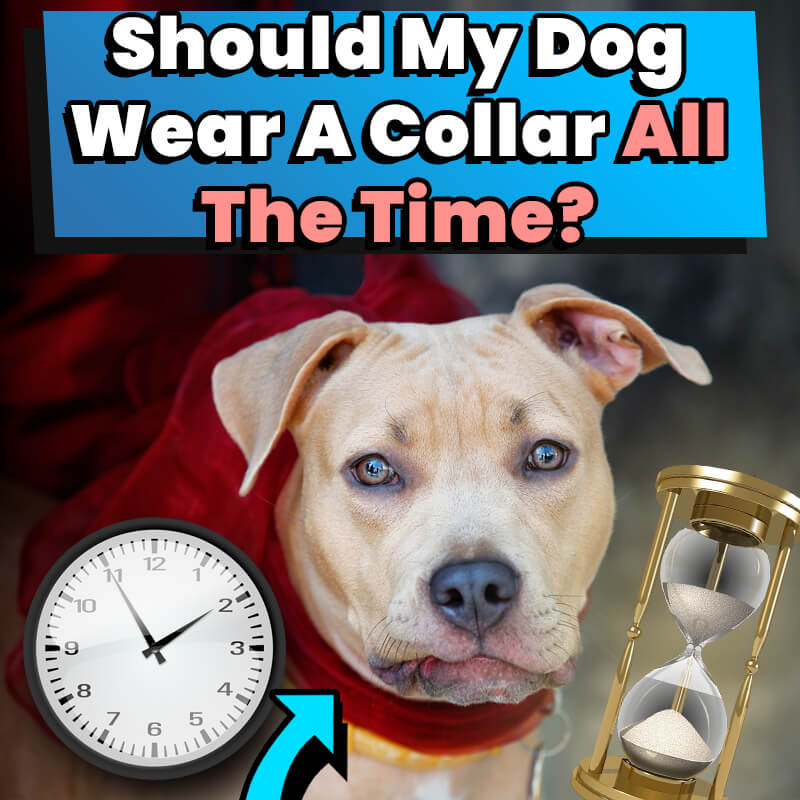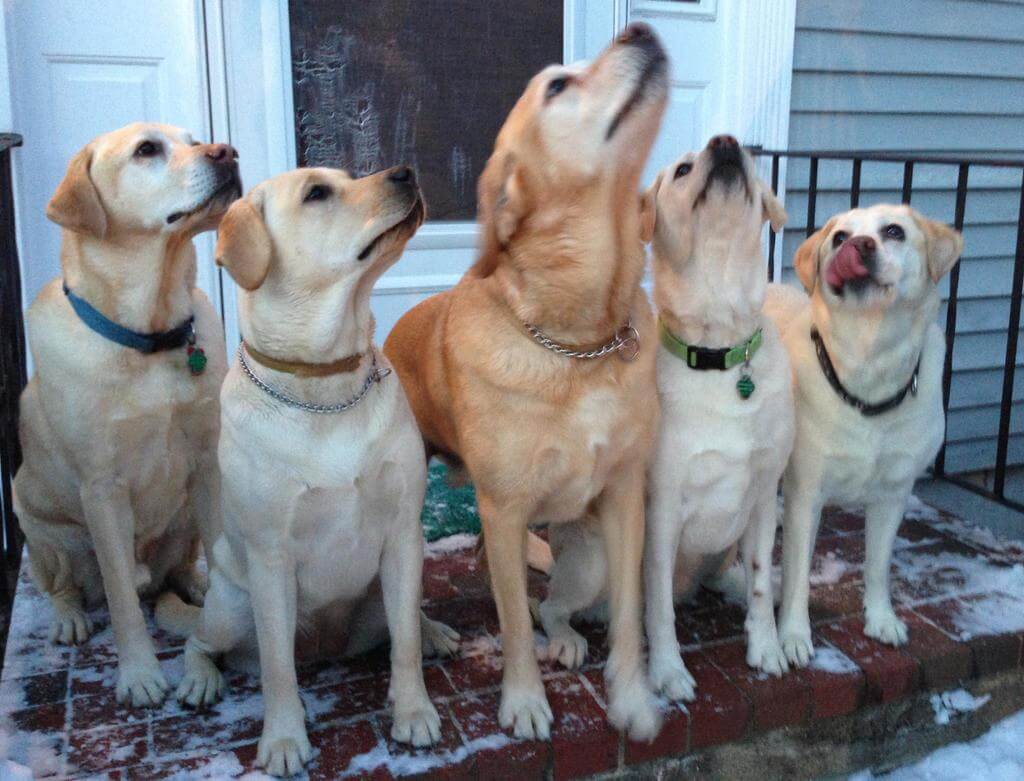
Dog collars are vital to helping dog owners keep their furry friends under control whether at home or out in public. Dog collars allow you to walk your dog on a leash to the vet or to the park. Also, a dog collar allows you to attach your dog’s ID and vaccination tags on it.
Although a dog collar is invaluable to both you and your furry friend, it isn’t without its dangers if used in the wrong way. Additionally, if you’re wondering should my dog wear a collar all the time, we recommend taking your dog’s collar off at night. Below are five risks you should be aware of when owning a dog collar. We’ve also included three tips for responsible and safe collar use.
Table of Contents
5 Ways Dog Collars Can Be Risky
- Strangulation. A dog collar can put a dog at risk of strangulation if used in the wrong way. For example, a dog is in the backyard and tries to chase a squirrel. The dog jumps up and snags his dog collar on a fence post and gets strangled. The hanging tags on the collar can also get caught on crates and other similar objects and cause choking. If a dog is out in the backyard and has a long leash attached to his collar, an injury can occur if he tries to jump over the fence and ends up hanging himself with the attached collar.
- Neck stress. The dog’s neck is a very sensitive area. It can be damaged if the owner uses the collar to pull the dog around or pull the collar too hard. Repeated stress on the neck could lead to long-term medical problems. A few issues include damage to the thyroid glands and tissues around the neck area as well as salivary glands. In this case, wearing a chest harness may be a safer alternative to wearing dog collars. This way, there is not a lot of strain on a dog’s neck.
- Discomfort. When shopping for a dog collar, it is crucial to choose the right one. The wrong collar can be irritating for a dog. If a collar looks uncomfortable, rigid, or stiff, then it probably is. Wearing the wrong collar could hinder a dog’s mobility as well as affect his or her mood. If a dog is constantly scratching her head and neck, the scratching could be due to many factors. One of them could be low-grade irritation from a collar.
- Limb or mouth injuries. If a collar is too loose, it can potentially cause serious physical risks. For instance, if a dog is scratching her ear and the collar is loose, her back leg or front leg could get looped through and stuck inside the collar. This can lead to a limb breaking. In some cases, dogs can get their teeth or tongue stuck in a loose collar while grooming themselves. This could lead to broken teeth or mouth injuries. You can consider a breakaway-style collar to avoid both physical injury and strangulation. A break-away collar is designed to snap apart when pressure is applied to the buckle.
- Skin problems. Please be aware that even a moderately tight collar can cause skin irritation around a dog’s neck. A collar that is too tight can cause hair loss. The exposed skin as a result of hair loss may be more prone to infection. A tight collar can also cut into a dog’s neck, especially due to negligence when a puppy-sized collar is left on a growing dog. It is important to protect the dog’s neck. We recommend rotating between several collars and checking regularly that the collar fits well. At night, it is a good idea to let the dog sleep without a collar on so his or her skin gets a chance to breathe and air out.
While there are risks associated with wearing a dog collar, we have provided three safety tips below to ensure safety and responsible collar use.
#1: How Tight Should a Dog Collar Be?

A good rule of thumb is that you should be able to insert two fingers between a dog’s collar and his or her neck. If you can do this, your dog’s collar is properly fitted without being too tight. Your furry friends will enjoy a comfortable and secure it whether at home or out walking.
If you’re walking your dogs and you’d like to give them space and flexibility to walk and explore the environment around them, we recommend attaching a retractable dog leash onto their properly fitted dog collar. Your dogs will be able to explore and walk at their pace while still under your control.
You’ll also need to make sure the dog collar isn’t too loose. A dog collar that is too loose could easily slip over his or her head and fall off. This could happen to dogs with smaller heads and stocky bodies such as a boxer or dogs that are overweight. If their bodies and necks are large but their heads are normal or smaller in size, be aware that the collar could fall off.
After your dog gets a haircut, you will need to adjust your dog’s collar because her collar may be too big and needs to be tightened a little to make up for the space lost from the hair removal. Once the hair grows back, the collar will need to be readjusted appropriately so that it does not become too tight again.
#2: Chip The Dog?
While collars are essential for holding the dog’s ID tags, microchipping the dog is also another great option so that when you remove the collar at night, the dog can still be identified in an emergency. If you allow your dogs to freely enter and leave your house to go into the backyard, you’ll be glad to know that there are electronic dog doors that work with implanted microchips.
#3: Dog’s Position
The collar can fit differently depending on the dog’s position. If a dog is sitting down or rolling over, keep in mind that their skin and body fat is redistributed. If the collar sits perfectly when a dog is standing up, it may be too tight when a dog reclines.
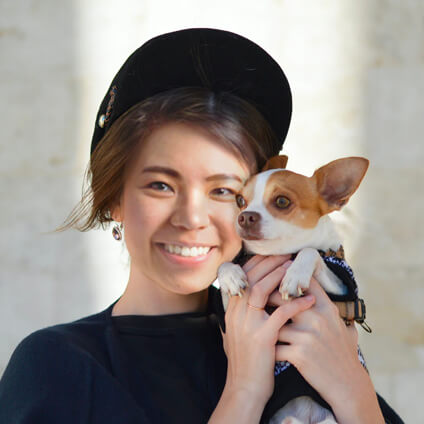
With over five years of specialized experience as an animal writer, my expertise lies in dog nutrition, health, behavior, grooming, and training. I am dedicated to delivering helpful and informative content that caters to the well-being of our furry friends. My primary goal is to empower pet owners with knowledge and ensure our canine companions thrive in health and happiness. In my free time, I love volunteering at local dog rescue centers.
